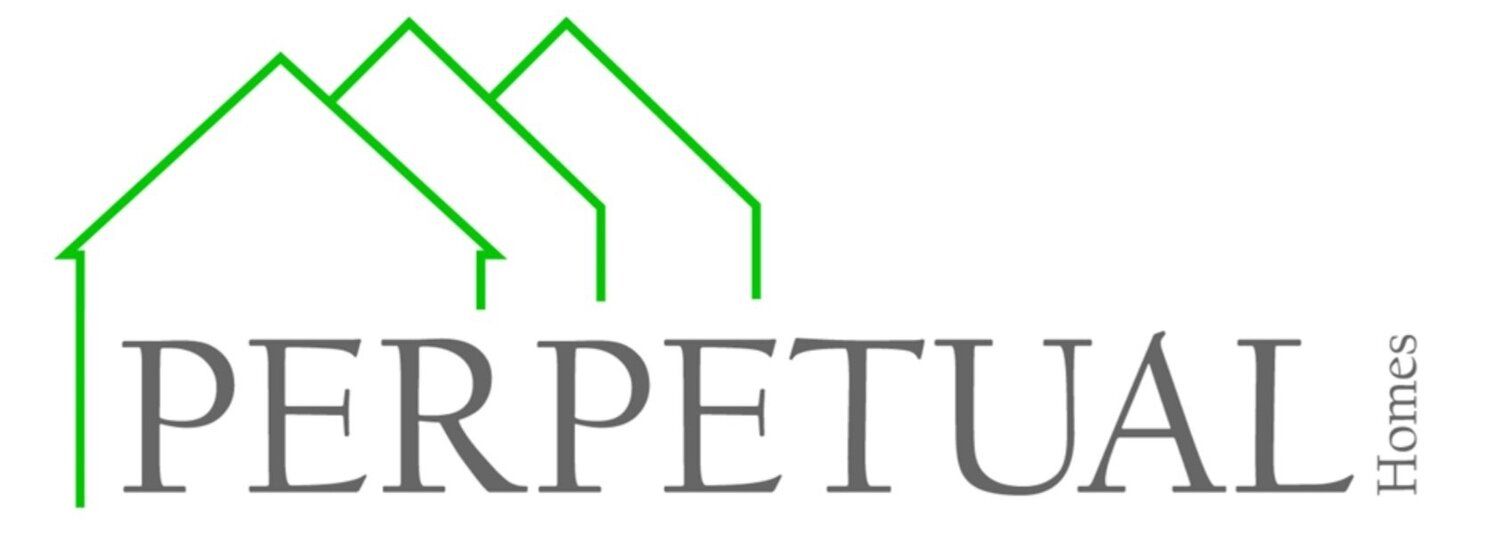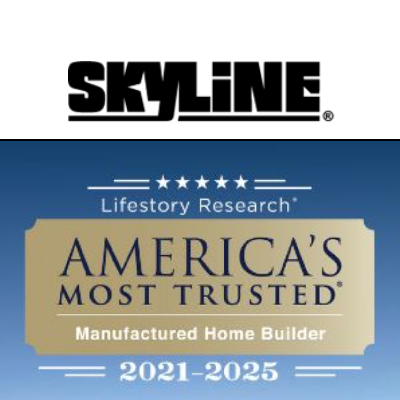-
What are Accessory Dwelling Units (ADUs)?
ADUs are separate housing units built on existing single family residential properties. ADUs are also known as secondary dwelling units, guest houses, backyard cottages, mother-in-law units and granny flats.
There are many different types of ADUs, including both separate structures located in back or side yard (detached) and conversions of existing spaces such as basements, attics and garages.
-
Why are ADUs becoming more popular?
Thousands of new ADUs are being built in communities across the US because they are a manageable and minimally disruptive option for adding desperately needed housing to existing neighborhoods. Moreover, ADUs typically cost less than other forms of housing and make efficient use of existing land. ADUs allow for people to age in place or form multigenerational households to ease caregiving responsibilities and cost.
Homeowners, given the high cost to buy a house, are frequently turning to ADUs to provide additional income to make ends meet. Lastly, the appeal of downsizing and minimalist living seems to be growing and ADUs allow people to simplify their lives and still live in a neighborhood setting.
-
What amenities does Perpetual Homes offer?
A Perpetual Home is a self-contained living space with the look and feel of a home. Each Perpetual Home has a living space, a kitchen with full size appliances, a bathroom and a bedroom (s). High quality materials with full sized windows and doors are used during the construction of each unit.
-
What is the cost of a Perpetual Homes to a homeowner?
Perpetual Homes sells fully installed ADUs in the California market starting in the mid price of $100,000’s. This price includes all permits, installation costs, utility connections, appliances and landscaping. Perpetual Homes is one of the most affordable but high quality options for a detached ADU.
Because of the variability of site characteristics, Perpetual Homes fixed price will not cover the cost of removing existing structures, large trees, underground storage tanks and cesspools and other impediments to installing an ADU, nor will Perpetual Homes cover the cost of non-standard installations or utility connections, or upgrading utility service to a property to serve the ADU. In addition, impact fees can vary, these costs are passed through to the homeowner.
-
What does Perpetual Homes take care of?
Typically, homeowners must hire an architect and a contractors and take care of permits and other paperwork.
Perpetual Homes is responsible for all of these tasks, including design, permitting, construction and installation of the ADU. Perpetual Homes fixed cost covered not only the cost of construction and installation, but also the cost of permitting, utility connections and landscaping.
-
How do I know if my property is suited for a Perpetual Home?
Many different types of properties will accommodate an ADU. In most cases, properties with a flat backyard with few obstructions, and where an open space with minimum dimensions of 45′ x 25′ can be created, will work. If you aren’t sure, contact us and we’ll review property information online and even perform a site visit to determine if your property is suitable for a Perpetual Homes.
-
How affordable is an ADU to rent?
The monthly rents for an ADU typically reflect neighborhood market rents. For example in San Jose, California rents for a single family ADU are roughly $2,500 to $3,000 per month.
-
How do ADUs affect the sale of my house?
The presence of an ADU can often enhance the attractiveness of a house on the market, and increasingly investments in new ADUs are being reflected in the appraised value of these properties.
-
What is the difference between factory built and stick built?
While these terms are easy to figure out, there are differences that are not immediately apparent. Yes, a factory-built home is just that…a home that is fully constructed in a factory. After the framework construction, the interior finish, countertops and cabinetry, carpet and another final finish work is completed. Factory-built homes are transported to the site and quickly assembled, ensuring minimal weather exposure. Once the sections of the house are assembled, utilities are connected and a short list of interior finish work is completed. The site will have been prepared while the home was being constructed.
A site-built home is one where all the components, right down to the lumber and fasteners are brought to the outdoor location and assembled outdoors, piece-by-piece, and exposed to the weather during most of the process.
We believe there are distinct advantages to the factory-built model.
All assembly is done under climate-controlled conditions. None of the building materials are exposed to the weather before or during construction. Before building materials are used, they are also stored indoors. In the construction of site-built homes, materials are exposed when stored on-site before use, and during most of the construction process until the home is fully sealed. Exposure to outdoor conditions, especially rain and moisture can cause increased expansion, contraction and warping and can increase the potential of mold problems.
Factory-built homes are generally stronger. They’re constructed to withstand transportation, and as a result, are sturdier once they’re on site.
Factory construction is more efficient. Site work and construction of your home can happen at the same time. And because all materials are on hand, there are no delays in material delivery. And weather-related delays are virtually non-existent. On average, you’ll be able to move in to your factory-built home in far less time than conventional construction.
-
What is SB9?
California SB9 is a new state law that was signed into law on September 16, 2021, and it goes into effect on January 1, 2022. It allows for the construction of up to two additional dwelling units on single-family lots across California.
Under SB9, property owners can divide their single-family lot into two smaller lots and construct a separate dwelling unit on each lot. Alternatively, they can convert an existing single-family home into a duplex, with each unit having its own kitchen, bathroom, and living facilities. The law also allows for the construction of two accessory dwelling units on a single-family lot, provided that they meet certain criteria such as size, setbacks, and other zoning requirements.
However, it's important to note that local governments have the authority to impose additional regulations on the construction of these additional dwelling units, so it's important to check with your local government before proceeding with any construction. Additionally, SB9 does not override any local ordinances or homeowners' association rules that may restrict the construction of additional units.
-
Do ADUs increase my property taxes?
The installation of any ADU will result in an increase in property taxes equal to the assessment of the ADU as an improvements to the property. The addition of an ADU should not result in a new assessment of the rest of the property. The homeowner’s property tax bill can still increase as a result of standard annual increase in taxes and new levies that are added to property taxes each year unrelated to the ADU.
-
Can I rent out my ADU?
Yes. Many homeowners create ADUs so that they can benefit from the rental revenue it generates.
Alternatively, you can choose to keep the ADUs for visiting family and friends.
-
Can I move into the ADU?
Yes. It’s very common for homeowners who complete an ADU to use that new unit as their primary residence.
The previous living space can then be used for visitors or to generate rental income.
-
What ADU standards were recently improved in AB 68 and 881?
The broad goal of these bills were to remove many of the barriers to ADU development including:
No minimum lot size requirement
Cap setback requirements at 4 feet, opening up a vast number of properties to ADU development in their backyards.
Prohibit the application of lot coverage, floor area ratio, or open space regulations that would prevent an 800 square foot ADU from being developed on the lot. This would guarantee a homeowner’s right to add an ADU on nearly every single family lot in California.
Prohibit replacement parking requirements when an existing garage is converted to an ADU.
Limit local discretion in establishing minimum and maximum unit size requirements, guaranteeing at least an 850 square foot unit ADU, or 1,000 square feet for an ADU with more than one bedroom
Each single family lot is allowed one ADU and one Junior ADU if each is contained within the space of existing structures. Homeowners also have the option of combining these options by adding a junior ADU from exiting space while also adding a new detached ADU to the lot.
Lots with multifamily buildings are allowed to convert unused space to new ADUs, and develop two additional ADUs in new detached structures on the same lot.
Shorten the time period for consideration of ADU permit applications to 60 days, through a non-discretionary process. All of the ADUs allowed in new SB would need to be approved ministerially, notwithstanding the requirements of the local ordinance. This means that a minimum of three units would be allowed on all single-family lots in California, and all lots with multifamily buildings would be allowed at least two additional units depending on the amount of unused space.
Require that cities reconsider their ADU ordinance if the Department of Housing and Community Development finds the ordinance out of compliance with state law.
HOA is no longer allowed to prohibit ADUs
-
What utility fee requirements apply to ADUs?
Cities and counties cannot consider ADUs as new residential uses when calculating connection fees and capacity charges.
Where ADUs are being created within an existing structure (primary or accessory), the city or county cannot require a new or separate utility connections for the ADU and cannot charge any connection fee or capacity charge.
For other ADUs, a local agency may require separate utility connections between the primary dwelling and the ADU, but any connection fee or capacity charge must be proportionate to the impact of the ADU based on either its size or the number of plumbing fixtures.
-
Is manufactured housing (HUD) permitted as an ADU?
Yes, an ADU is any residential dwelling unit with independent facilities and permanent provisions for living, sleeping, eating, cooking and sanitation. An ADU includes an efficiency unit (Health and Safety Code Section 17958.1) and a manufactured home (Health and Safety Code Section 18007).
-
Does ADU law apply to charter cities and countries?
Yes. ADU law explicitly applies to “local agencies” which are defined as a city, county, or city and county whether general law or chartered (Section 65852.2(i)(2)).
-
Do ADUs count towards the regional housing need allocation?
Yes, local governments may report ADUs as progress toward Regional Housing Need Allocation pursuant to Government Code Section 65400 based on the actual or anticipated affordability. See below frequently asked questions for JADUs for additional discussion.
-
How can I finance or fund my new ADUs?
With Perpetual Homes extensive development background, please call us for consultation on adding substantial value to your property.
-
What green standards are Perpetual Homes ADUs built to?
Building your home to Green standards.
- Engineered for efficient use of materials
- 80% of construction waste reused or recycled
- Use of engineered lumber
- Low V.O.C adhesives and paint
- Formaldehyde-free insulation
- Sealed and tested ducting system
- High efficiency toilets
- Efficient distribution plumbing system
- Mechanical fresh air ventilation system
-
What’s the different between an ADU, modular, prefab, and factory-built?
An ADU (Accessory Dwelling Unit) is a small, secondary housing unit built on the same lot as an existing home.
A modular home is a full-sized house constructed in factory-built sections and assembled on-site.
A prefab home is a broader term that includes any home whose components are manufactured off-site, including modular and panelized homes.
A factory-built home is a general category referring to any housing (including prefab and modular) constructed primarily in a factory setting before final installation.





